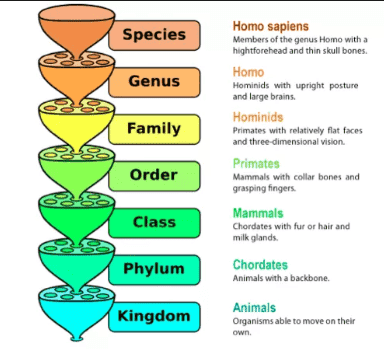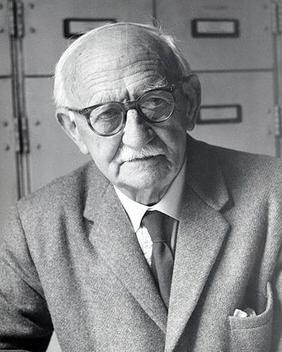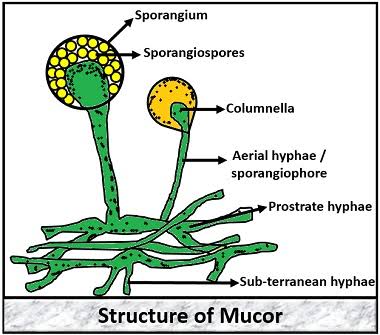All things that are useful to us are called resources, for an example Air, water, land, soil, forest etc are all resources. Resources are the useful raw materials that we get from nature. Resources are naturally occurring materials. They are useful for us in many ways. We keep developing new ways to convert them into useful things.
CLASSIFICATION OF RESOURCES
Resources are mainly two types.
- Renewable
- Non-Renewable
RENEWABLE RESOURCES
Renewable resources are those resources that can be renewed naturally over time. Air, water, wind, solar energy, hydro energy, biogas, hydrogen etc are all renewable resources. These resources can be easily renewed by nature.SOLAR ENERGY
The big source of energy is sun. The energy that we get from the Sun, called solar energy. All the natural phenomenon like the flowing of wind, photosynthesis etc are possible only due to solar energy. Nowdays, solar energy is being used to cook food with the help of solar cookers, heat water, light streets for irrigating fields etc.
HYDRO ENERGY
Water is most important natural resources. All living organisms need water to stay live. Humans need water for many purposes such as drinking, cleaning, bathing, cooking and for growing crops. Water flowing into the river is sources of hydro energy.
WIND ENERGY
The windmill is source of electrical energy. The energy from this wind is used for pumping water and to produce electricity. In India, many windmills have been set up in different places such as Tamil Nadu, Maharashtra, Rajasthan, West Bengal and Gujarat.
BIOGAS
Biogas is a type of fuel which is a mixture of gases such as methane, carbon dioxide, hydrogen etcetera, which is obtained by decomposition of animals and plants wastes. It is used as fuel in gas stove.
WOOD
Wood is ancient and traditional source of energy. It is mainly mixture of many carbohydrate compounds. Wood is used to cook food. It leads to deforestation.
HYDROGEN
It is good source of energy because it does not create any pollution. The technology is currently being developed to fully utilize hydrogen efficiency.
NON RENEWABLE RESOURCES
Non-renewable resources actually are natural resources, but they are available in limited quantity. These resources cannot be renewed in short duration. Therefore they are known as exhaustible resources. Examples- coal, petroleum etc.
FOSSIL FUEL
Coal and petroleum are non-renewable resources. They found deep inside the earth and made by natural processes over many centuries. Their quantity is limited and they take much time to get renewed. Example of fossil fuels are coal, petroleum, natural gases etc.
COAL
Coal is also known as black diamond. It is used as fuel to generate electricity in factories and steam engines.
NATURAL GAS
Natural gas is used as a fuel called CNG(Compressed natural gas). Natural gases are alternative to petrol and diesel and it is used as Compressed Natural Gas. Natural gases are good source of hydrogen.
PETROLEUM
Petroleum is also known as mineral oil. This liquid mineral is refined to make fuels such as diesel, petrol, cooking gas and kerosene. Cosmetics, plastics and lubricants are also products of petroleum. It is found deep inside the Earth.
NUCLEAR ENERGY
Nuclear energy is classified as non-renewable. Production of electricity from nuclear energy does not produce carbon dioxide thus, the nuclear energy is safe for the environment.











